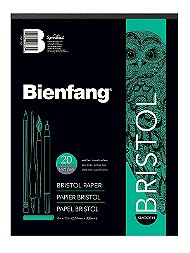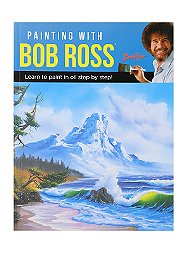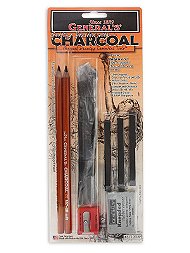Styles & Periods

Neoclassicism
Neoclassicism emerged in the 18th century, when artists returned to ideas of ancient Greece and Rome for aesthetic and moral models. Neoclassicism was one product of Romanticism that focused on the idea of the "natural." Within the Romantic tradition, the Neoclassicists expressed a desire for serenity and regularity, in contrast to the "improper" Chinese and Gothic styles. Archeological finds and historical criticism brought classical antiquity to the forefront of the Western imagination, as Pompeii was unearthed and as Edward Gibbon began his seminal non-fiction work, The History of the Decline and Fall of the Roman Empire. Napoleon and Thomas Jefferson both advocated for Neoclassicism as the preferred style of public buildings, seeing it as an extension of the ideas of the Enlightenment, with its emphasis on the human potential to achieve perfection. In architecture, proportion, simplicity, form, restraint and grace were all key elements of the style, and classical images and stories themselves became the subject of art. In painting, Neoclassicism was expressed by such artists as John Flaxman, Angelica Kauffmann and Jacques-Louis David, each with varying proportions of stoicism and sentimentality. As the world reeled from the American and French revolutions, the idea of the "natural" took on a moral as well as an aesthetic meaning, and artists sought to use their work to inspire its audience. Neoclassicism aimed to return to an imagined, changeless, essentialist form, which they saw expressed in the "Golden Age" of ancient Greece and Rome.
- 20th Century Architecture
- 20th Century Photography
- 20th Century Sculpture
- Abstract Expressionism
- Aegean Art
- African Art
- Archaic Asian Art
- Art Nouveau
- Arte Povera
- Ashcan School
- Avant-Garde
- Barbizon School
- Baroque
- Bauhaus
- Body Art
- Buddhist Art
- Byzantine Art
- Carolingian Art
- Celtic Art/ Early Medieval Art
- Chinese Painting
- Color-Field Painting
- Computer Art
- Conceptual Art
- Constructivism
- Contemporary Art in Asia
- Cubism
- Dadaism
- De Stijl
- Die Blaue Vier
- Die Brücke
- Divisionism
- Early Christian Art
- Early Renaissance
- Earthworks
- Egyptian Art
- Environmental Art
- Etruscan Art
- Expressionism
- Fauvism
- Feminist Art
- Funk Art
- Futurism
- Gothic Art
- Graffiti Art
- Greek Art
- Happenings
- Hard-Edge Painting
- Hellenistic Art
- High Renaissance
- Impressionism
- Indian Art
- International Gothic
- Islamic Art
- Kinetic Art
- Korean Ceramics
- Mannerism
- Metaphysical Painting
- Minimalism
- Modernism
- Native American Art
- Near Eastern Art
- Neoclassicism
- Neo-Expressionism
- Neoplasticism
- Northern Renaissance
- Oceanic Art
- Optical Art
- Ottonian Art
- Outsider Art
- Performance Art
- Photo Realism
- Pop Art
- Post-Impressionism
- Postminimalism
- Post-Painterly Abstraction
- Precisionism
- Prehistoric Art
- Pre-Raphaelites
- Process Art
- Public Art
- Purism
- Realism
- Regionalism
- Rococo
- Roman Art
- Romanesque
- Romanticism
- Social Realism
- Spatialism
- Suprematism
- Surrealism
- Symbolism
- Synthetism
- Tonalism
- Video Art
|
|
|
|||||
|
|
|
|||||
 Download FREE coloring
Download FREE coloring
book pages to color at
home or school.
View Pages »




















